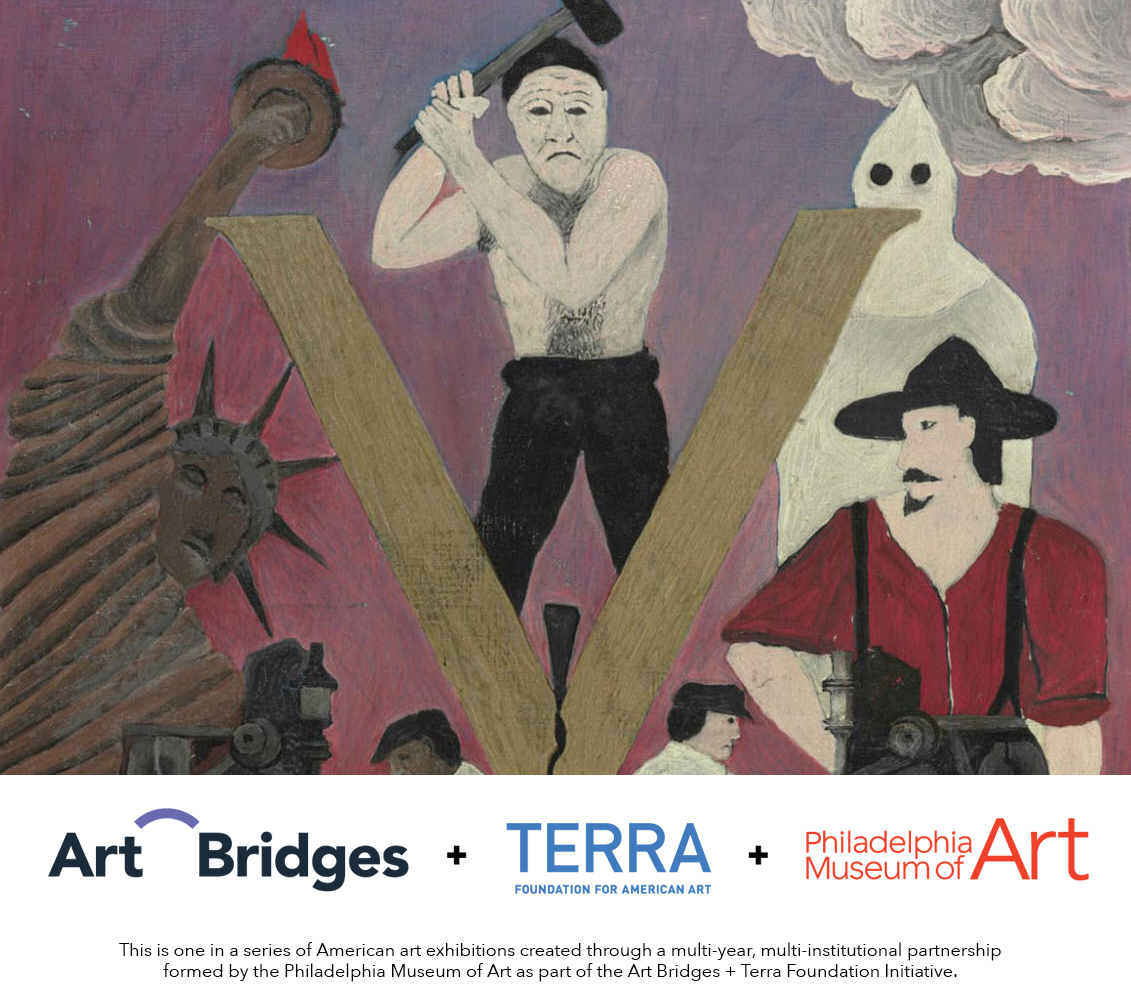This exhibition considers how we experience photographs, from the origins of the daguerreotype and paper negative to digital imagery. It examaines the ways in which we make, view, comprehend, and consume photographic imagery. This wide-ranging exhibition draws together more than one-hundred objects, including early photographic media to printed books, magazines, projected imagery, and cell phones. This exhibition is curated by art history majors Tenzin Crowley, Ana-Elena Karlova, Hill Gobourne, Emma Larson-Whittaker, Zuquin Qi, and Jackson Rhodes.
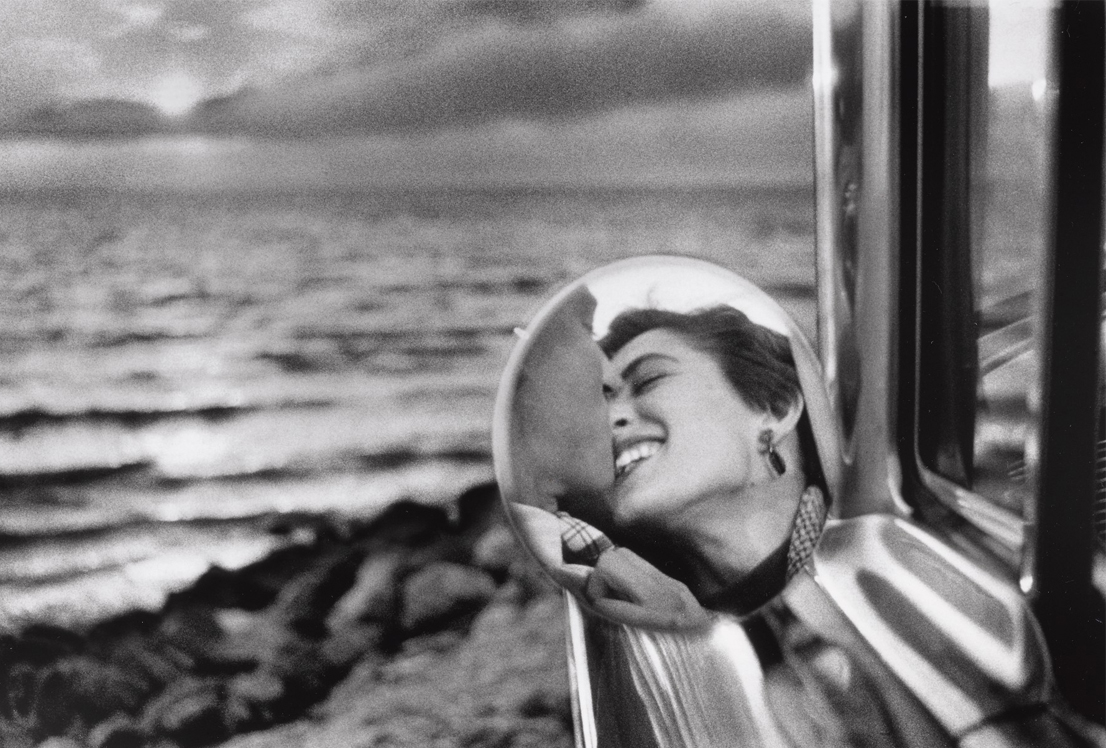
Elliot Erwitt
California Kiss, 1955
This exhibition features thesis projects by senior studio art majors Devon Anderson, Graycn Bird, Ernest Entsie, Ruodan Que, Clara Roth, and Jeremy Yu, under the direction of Rachel Eng with Todd Arsenault, Anthony Cervino, and Andy Bale.
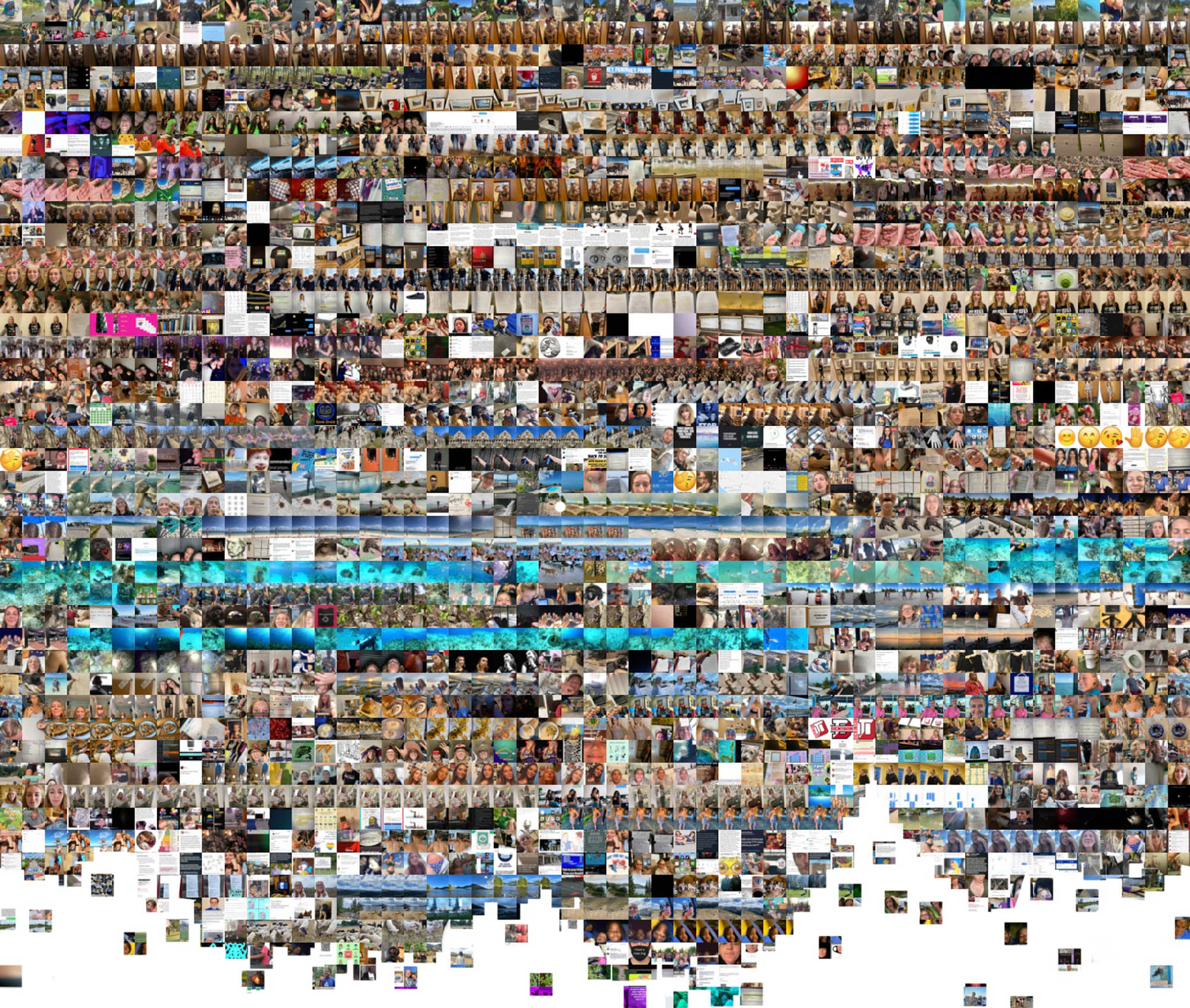
Clara Roth
This exhibition centers on Horace Pippin’s powerful work, Mr. Prejudice, which represents the artist’s response to the discrimination of African American soldiers fighting in World War II (1939–1945). Painted in 1943, the work shows a bare-chested white man hammering a wedge into the center of a giant “V”—for victory— which cracks under the stress. Pippin, who fought in World War I as part of the 369th Regiment (an African American Infantry division nicknamed the "Harlem Hell Fighters"), knew well how badly African American soldiers were treated after they returned home. Seeing how conditions had not changed for the next generation of African American soldiers, he composed this work to show how such discrimination threatened the war effort abroad and the struggle for equality at home. Mr. Prejudice is shown in conjunction with a series of vintage World War II posters and related materials that were made with African American soldiers in mind. In particular, the exhibition feaatures photographs of the African American "Double-V: Democracy Abroad and at Home" campaign.
Horace Pippin, Mr. Prejudice courtesy the Philadelphia Museum of Art.
Charles "Tennie" Harris's photographs courtesy the Carnegie Museum of Art, Pittsburgh.
Horace Pippin's World War I sketchbook courtesy the Smithsonian American Art Museum, Washington, DC.
Chas. Gustrine, Colored Men—The True Sons of Freedom, courtesy Armey Heritage and Education Center
Moses Williams (1777-c. 1825) was a prolific silhouette artist and former slave who worked for Charles Willson Peale, the early-American portraitist, naturalist, and museum founder. Williams cut silhouette portraits of guests to Peale’s museum in Philadelphia as a memento of their visit. The black and white portraits made by Williams are striking in that they represent the white, powerful elite of the early nineteenth century, many of whom were slave holders. Among the sitters in this selection is Dr. James Hunter Fayssoux, a friend of the Peales who was likely studying medicine in Philadelphia with Dr. Benjamin Rush.
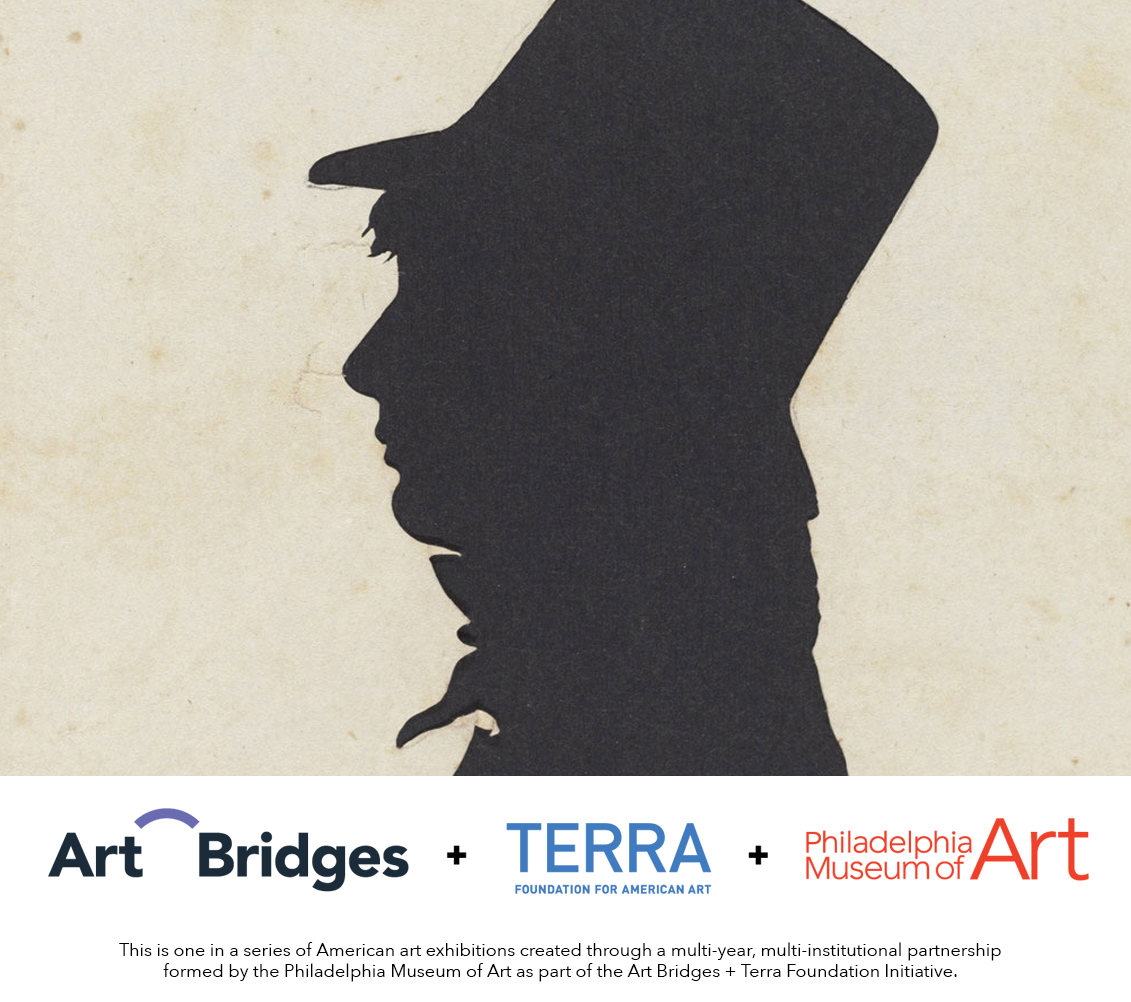
Moses Williams, Dr. James Hunter Fayssoux (detail), c. 1803
Cut silhouettes from Peale's Museum
Tracing Slavery: II
Kara Walker: Harper's Pictorial History of the Civil War (Annotated)
October 23, 2021 - January 23, 2022
Walker’s work deals extensively with the experience and identity of African American women—past and present, which she explores in part through contemporary imagery portrayed as narratives cast in the manner of nineteenth-century cut silhouettes. At first nostalgic, perhaps charming in appearance, Walker’s silhouette imagery depicts the brutal reality of white-on-black violence in American society. Walker’s work and the nineteenth century artistic sources she references could hardly be paired with a more poignant body of material than the cut silhouettes made by Moses Williams, featured in Tracing Slavery I on display in conjunction with Walker's prints.
Kara Walker: Harper’s Pictorial History of the Civil War (Annotated) is organized by the Smithsonian American Art Museum. The C.F. Foundation in Atlanta supports the museum’s traveling exhibition program, Treasures to Go.
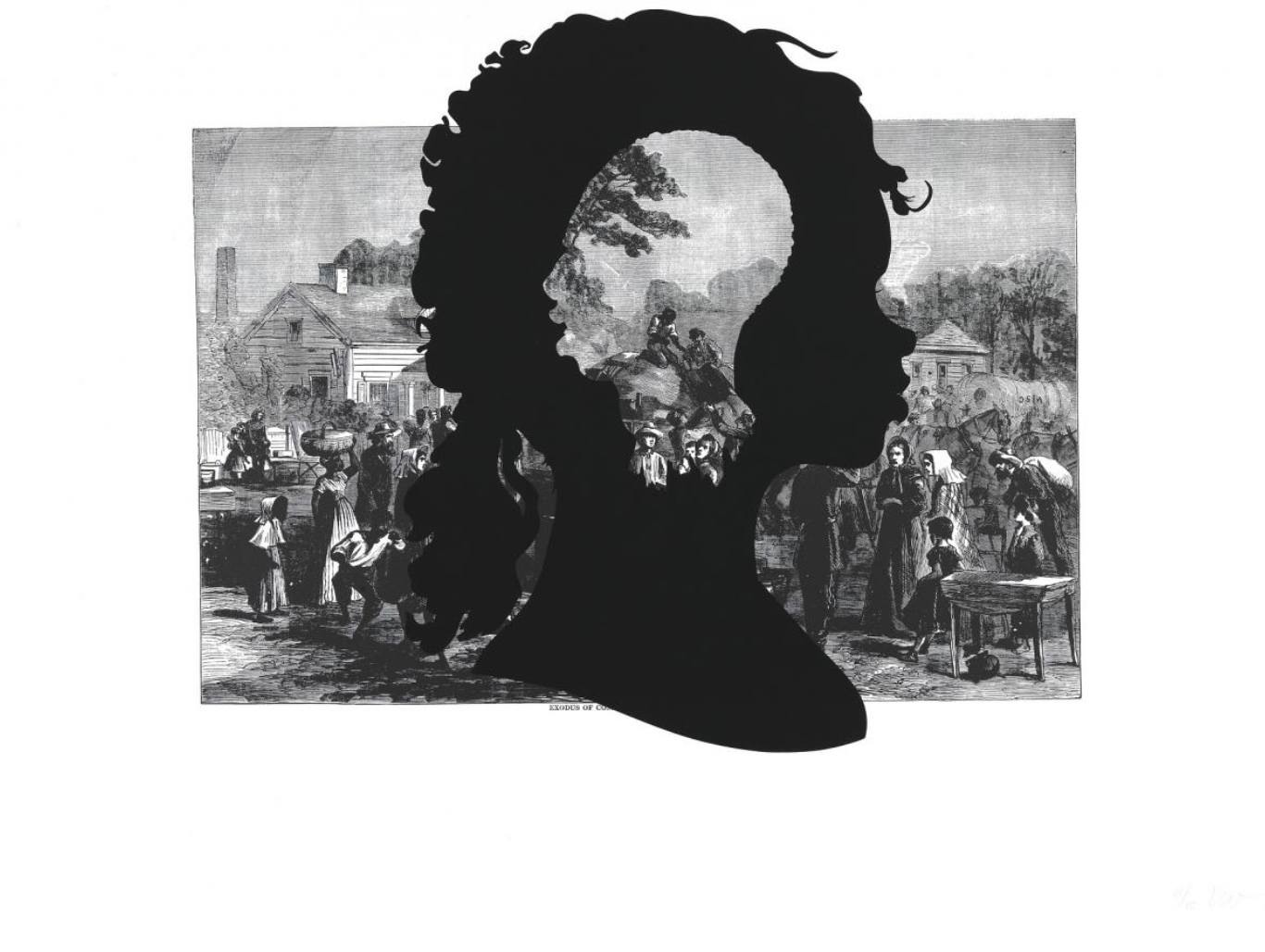
Kara Walker
Harper's Pictorial History of the Civil War (Annotated)

